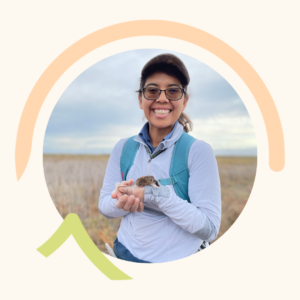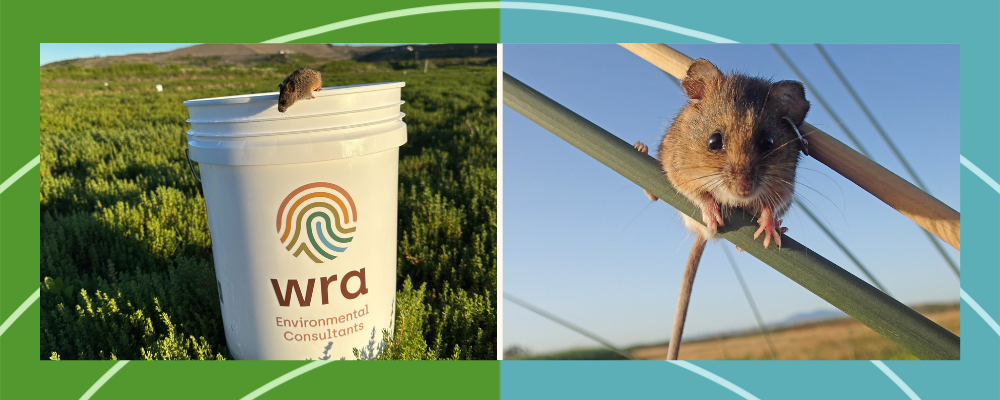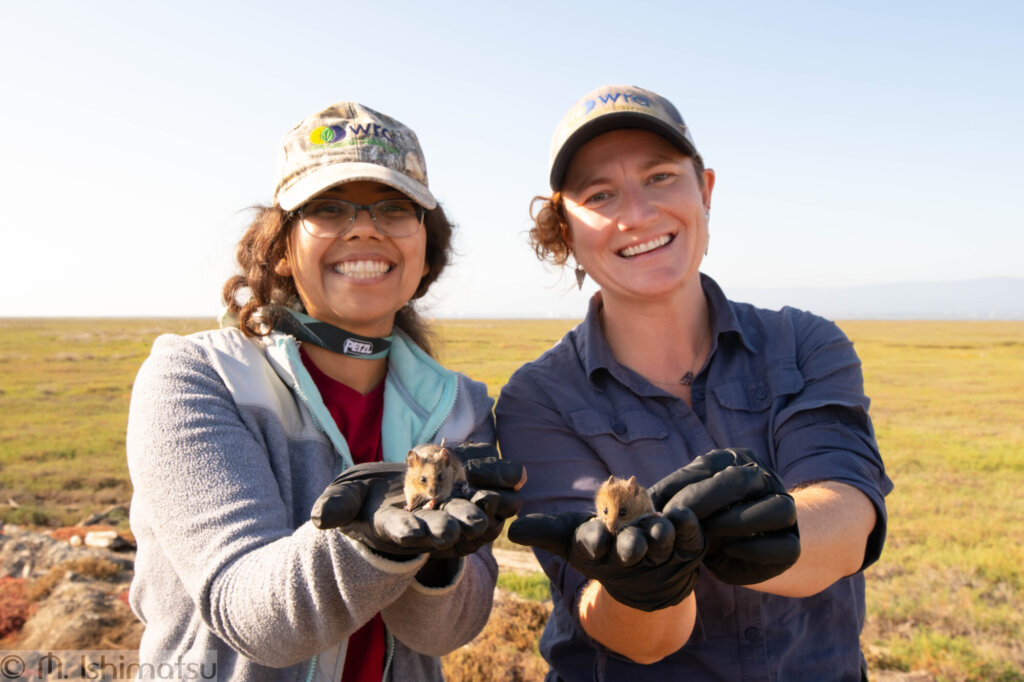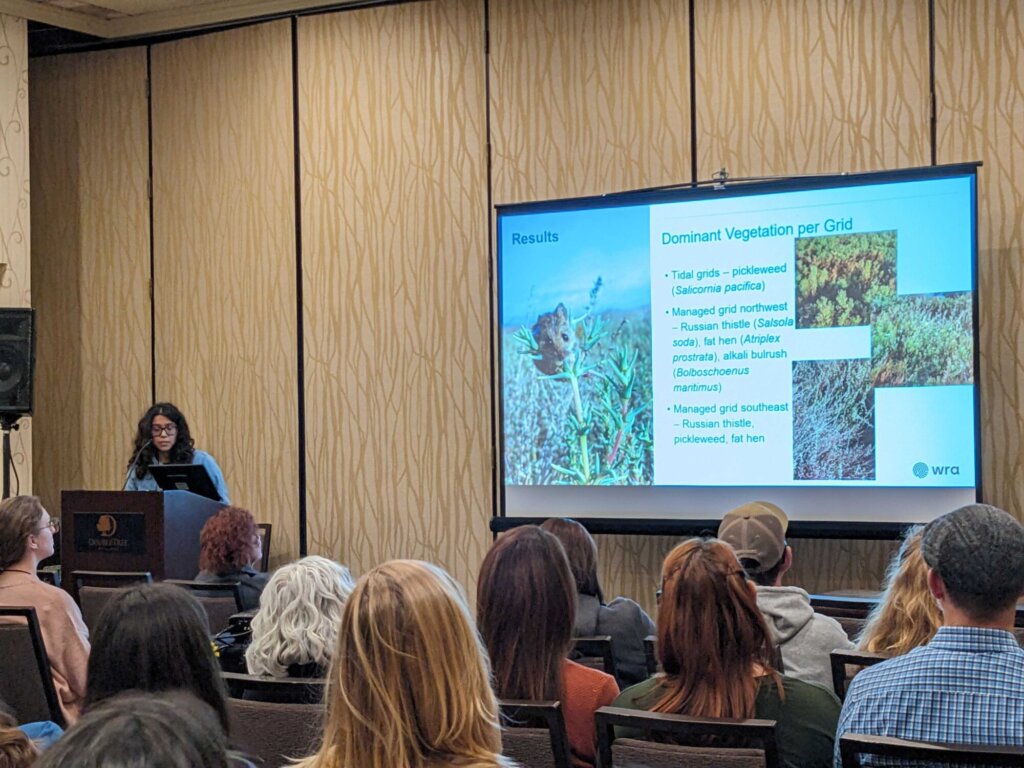WRA Staff Spotlight: Carla Angulo, WRA Biologist for Endangered Species Day
Happy #EndangeredSpeciesDay where we recognize the importance of wildlife conservation and restoration efforts for imperiled species including the progress made through the federal Endangered Species Act.

To help celebrate this occasion, we are spotlighting one of our talented wildlife biologists, Carla Angulo, who brings expertise with special-status wildlife species including the state and federally endangered salt marsh harvest mouse (SMHM: Reithrodontomys raviventris) endemic to the San Francisco Bay Area salt marshes. Carla earned a Master’s in Environmental Management from the University of San Francisco and a Bachelor’s in Wildlife Fish and Conservation Biology from the University of California, Davis. She works as a biologist and certified arborist with WRA.
What does a day in the life look like as a wildlife biologist?
Carla: A day in the life typically involves working in close coordination with construction and restoration crews. First, I deliver worker environmental training and even translate the training into Spanish, if applicable. It is critical to inform the crews and individuals who work in the coastal marshes about the importance of careful vegetation management and best practices to protect the SMHM. Staying ahead of the construction activity, I check the vegetation by hand to look for nests. If any are found, I instruct the crew members not to disturb the area. It can be a slow-moving endeavor, however, it maximizes our success in avoiding harm to the SMHM and habitat. If we do find a mouse, we stop work and notify the proper source agencies, leave that area, and resume work at a safe distance. At the end of the day, I submit a summary report, debrief with the crew, and make plans for the following day.
Tell us what it was like to be a biologist as part of the 2022 Range-wide Survey for SMHM?
(For context, during the summer of 2022, over 60 biologists including agency, university, and private experts throughout the San Francisco Estuary collaborated to undertake the first single-season, unified regionwide survey of SMHM in over 50 years – see media resources at the end of this article for more information.)
Carla: It was a wondrous event – the coordination, strategy, and expectations were all very high and invigorating. I was a handler under a permitted biologist, my supervisor and mentor, Dr. Katie Smith. Over 8 weeks, we collected a vast amount of data on both SMHM subspecies, the northern (Reithrodontomys raviventris halicoetes) and southern (R. r. raviventris). We collected genetic samples, and habitat and vegetation assessment data to support our understanding of what qualifies as suitable habitat. We were immersed in “salties” – our endearing nickname for the species.
What professional organization are you involved with which brings focus on endangered species and what is an accomplishment you are most proud of?
Carla: I have been a member of The Western Section of The Wildlife Society (TWS-WS) since 2020 and support the work of the Salt Marsh Harvest Mouse Working Group in the professional arena. The majority of speakers presenting on talks or posters work with special-status species all across California, Nevada, and Hawai’i. In this forum, we connect and share information about the progress or needs of our scientific research, whether academic or private sector. TWS is an amazing place for students, professionals, and the public to attend workshops to learn and potentially handle special-status species.
I am also a member of the Diversity Committee which includes “Women+ of Wildlife”. This is a dedicated space for women, femme individuals, and non-binary individuals to elevate professional standards to support more opportunities for inclusion in this growing field. We have a resource retreat in September 2024 – please join us!
Thank you Carla for sharing your story and helping to advocate and inspire the next generation of professionals who dedicate their work to protecting engaged species!
Related Media on the SMHM Range-wide Survey






